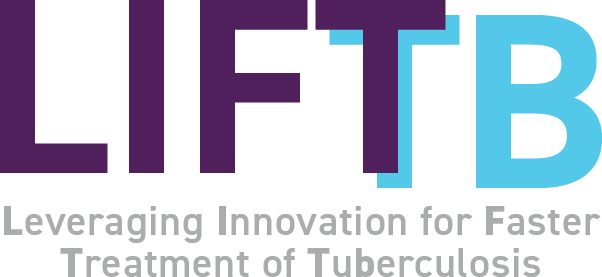Good News for Drug-Resistant TB Patients
This article was originally published in the Manila Bulletin on April 1, 2024
By Raymundo W. Lo, MD, FPSP
Last Monday, March 25, 2024, was the launching of the PeerLinc Knowledge Hub, (Peer-to-peer Learning for Innovative Cures for TB), a project of the TB Alliance which has identified the Tropical Disease Foundation (TDF) to host the project in the Philippines. Attending as one of the trustees of the TDF, I was very impressed with the project, realizing the potential impact of the great advances in treatment for drug-resistant TB.
Tuberculosis is a huge worldwide public health problem. It is an ancient scourge, having been found in Egyptian (2400-3400 BC) and Peruvian mummies, described in India and China about the same period, and mentioned in the Biblical books using the Hebrew word “schachephett.”
Worldwide, there were over 10 million new TB cases in 2022. The estimated incidence of TB in the Philippines in 2022 was 737,000 with an estimated 40,000 people dying from the disease, and ranks fourth in global TB burden with a seven percent contribution to number of cases worldwide (China was third with 7.1 percent).
Particularly concerning are cases which developed resistance to both isoniazid (INH) and rifampicin, both mainstays of standard anti-TB treatment. These are referred to as multi-drug resistant TB (MDR-TB). Although TB treatment is available and free, about 23 percent among previously treated patients are resistant to Rifampicin with or without resistance to INH, while 2.5 percent are resistant among newly diagnosed cases, indicating that previous TB treatment is a risk factor for drug resistance.
Treatment of MDR-TB used to be a 24-month regimen of up to 14,000 pills plus a daily injectable for six months, that had many side-effects. This made it very difficult for many patients to adhere to. Thus, there were many who interrupted treatment.
Now, with great advances in drug discoveries and treatment regimens, MDR-TB treatment has been greatly simplified, thanks to the TB Alliance, which is a non-profit organization with the world’s largest portfolio of new TB drug candidates that has reduced the duration of drug development to delivery to patients from nine to three years. TB Alliance has partnered with the TDF to pilot the new MDR-TB treatment regimen in the Philippines, with great success. Success rates with the new regimen was initially 98 percent in the Philippines, compared to 38-50 percent with previous regimens. It is also more economical with fewer kinds of medications and lesser number of pills over a much shorter period of treatment. There are fewer and more manageable side effects as well.
The new WHO-recommended first treatment regimen of choice for nearly all people with drug-resistant TB, which consists of a six month course of three to four oral medications — bedaquiline, pretomanid, linezolid with or without moxifloxacin (BPaL/M), is being rolled out nationwide in DOTS (directly observed treatment short course) centers in collaboration with the DOH, whose representative at the launching was Undersecretary for Health Enrique Tayag. He delivered a highly motivational speech that energized the attendees that included TB People Philippines, an organization of TB survivors.
Once again, the Philippines is in the forefront of innovative health solutions, such that other countries like Peru, are sending health teams to observe and learn our government’s early adoption of the new drug-resistant TB treatment regimen under program conditions. These countries will benefit from the expertise and knowledge gained in piloting the BPaL/M regimen through practical resource materials, tools, best practices and experiences of our pioneers in this project.
The Tropical Disease Foundation, Inc., through its founder, the late Dr. Thelma Tupasi-Ramos (one of my mentors in UP-PGH), has been an advocate for the elimination of tuberculosis in the Philippines and a relentless champion for treatment of drug-resistant TB. It is no surprise that it has been selected by the TB Alliance to be its partner in this great innovation that will surely save lives and ease the heavy burden of TB in the country.
Since TB is rampant in the Philippines, many, if not all of us, know of at least one TB case among our circle of family, friends and work colleagues. Being airborne, almost all of us would have encountered the TB organism without being aware of it. It is to the credit of our robust immune systems that we have overcome it, though it never really gets eliminated but lies dormant waiting for our immunity to falter. People with HIV, diabetes and other chronic conditions that weaken immune systems are more likely to experience a reactivation of TB that becomes symptomatic.
People who experience the symptoms of pulmonary TB, such as cough of more than two weeks, afternoon or night low-grade fevers, unintentional weight loss, and blood-tinged sputum should consult the nearest community health center or their private physician immediately for free life-saving treatment. Not doing so risks their health and lives but also exposes their loved ones to the disease.
With this innovative and ground-breaking TB treatment discovery, we should be able to greatly reduce the terrible social, health and economic burdens that the disease brings, if not totally eliminate TB.
